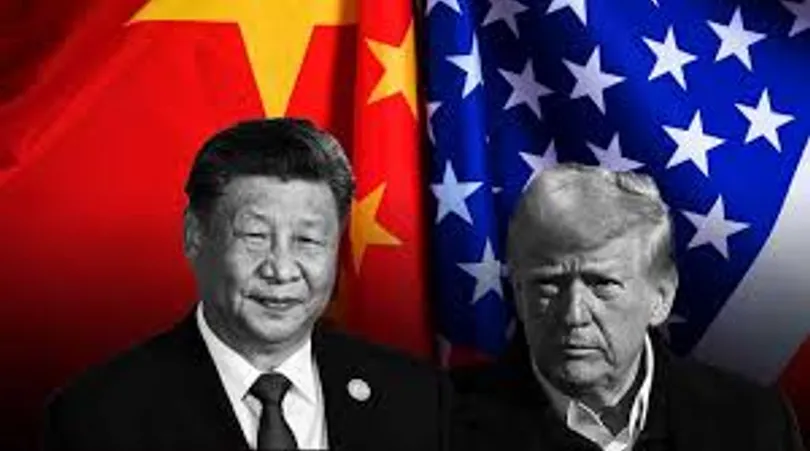The Trump administration has announced a major escalation in trade tensions with China, proposing massive port fees on Chinese-built and Chinese-operated ships docking at U.S. ports. This bold move, aimed at countering China’s dominance in global maritime trade, has already sparked concerns among industry leaders and economists.
What Are the New Port Fees?
Under the proposed policy, announced in February 2025, the U.S. will impose steep charges on Chinese vessels, with fees reaching as high as $1.5 million per port call.
Breakdown of the Fees
- Chinese-Built Ships: Any vessel manufactured in China, regardless of who owns or operates it, will face fees of up to $1.5 million every time it docks at a U.S. port.
- Chinese-Owned Ships: Any ship owned or operated by a Chinese company will be charged up to $1 million per port visit.
- Pending Chinese Ship Orders: Companies that have placed orders for ships from Chinese shipyards may also face extra fees.
The proposal is currently open for public comment until March 24, 2025, and if enacted, it could have major consequences for international trade.
Why Is the U.S. Targeting China’s Shipping Industry?
The Biden-to-Trump policy shift marks a significant change in U.S. trade relations with China. Trump’s administration argues that China’s control over the global shipping industry gives it an unfair economic and geopolitical advantage.
Key statistics fueling the U.S. decision:
- China dominates global shipbuilding, accounting for nearly 75% of all new ship orders worldwide, while the U.S. holds less than 1%.
- Chinese state-backed shipyards receive heavy subsidies, allowing them to offer lower prices and control a significant share of global maritime logistics.
- The U.S. labor industry, including unions like the United Steelworkers and the International Brotherhood of Boilermakers, has pushed for action, arguing that China is undermining U.S. industry and national security.
How Could This Affect Businesses and Consumers?
While the move is meant to level the playing field for American industries, it could have major ripple effects for businesses and consumers.
Possible Consequences of the Port Fees
- Higher Costs for Imports – Since most consumer goods are transported by sea, higher shipping fees could mean increased prices for everything from electronics to clothing.
- Disruptions in Supply Chains – U.S. businesses that rely on Chinese shipping might face delays and higher costs, forcing them to find alternative suppliers or shipping routes.
- Retaliation from China – Experts warn that China may respond with countermeasures, such as higher tariffs on American exports or restrictions on U.S. companies operating in China.
Will This Policy Actually Work?
Trump’s move to challenge China’s economic influence is a high-stakes gamble. Supporters argue that U.S. industries have been hurt by China’s aggressive trade policies, and this is a necessary step to regain competitiveness.
However, critics say that this may backfire, leading to:
- A new wave of trade wars that could harm both economies.
- Higher inflation, as import costs rise and American consumers pay the price.
- Increased reliance on non-Chinese suppliers, but at a higher cost for U.S. businesses.
What Happens Next?
The public comment period for the proposal lasts until March 24, 2025, after which the administration will decide whether to finalize, modify, or abandon the plan.
As the U.S.-China trade conflict intensifies, all eyes will be on Beijing’s next move. Will China retaliate with its own tariffs? Will businesses adapt to the new trade policies? Or will the Biden-Trump trade war take another unexpected turn?
One thing is certain: global trade is about to change, and businesses and consumers will feel the impact in the months ahead.

